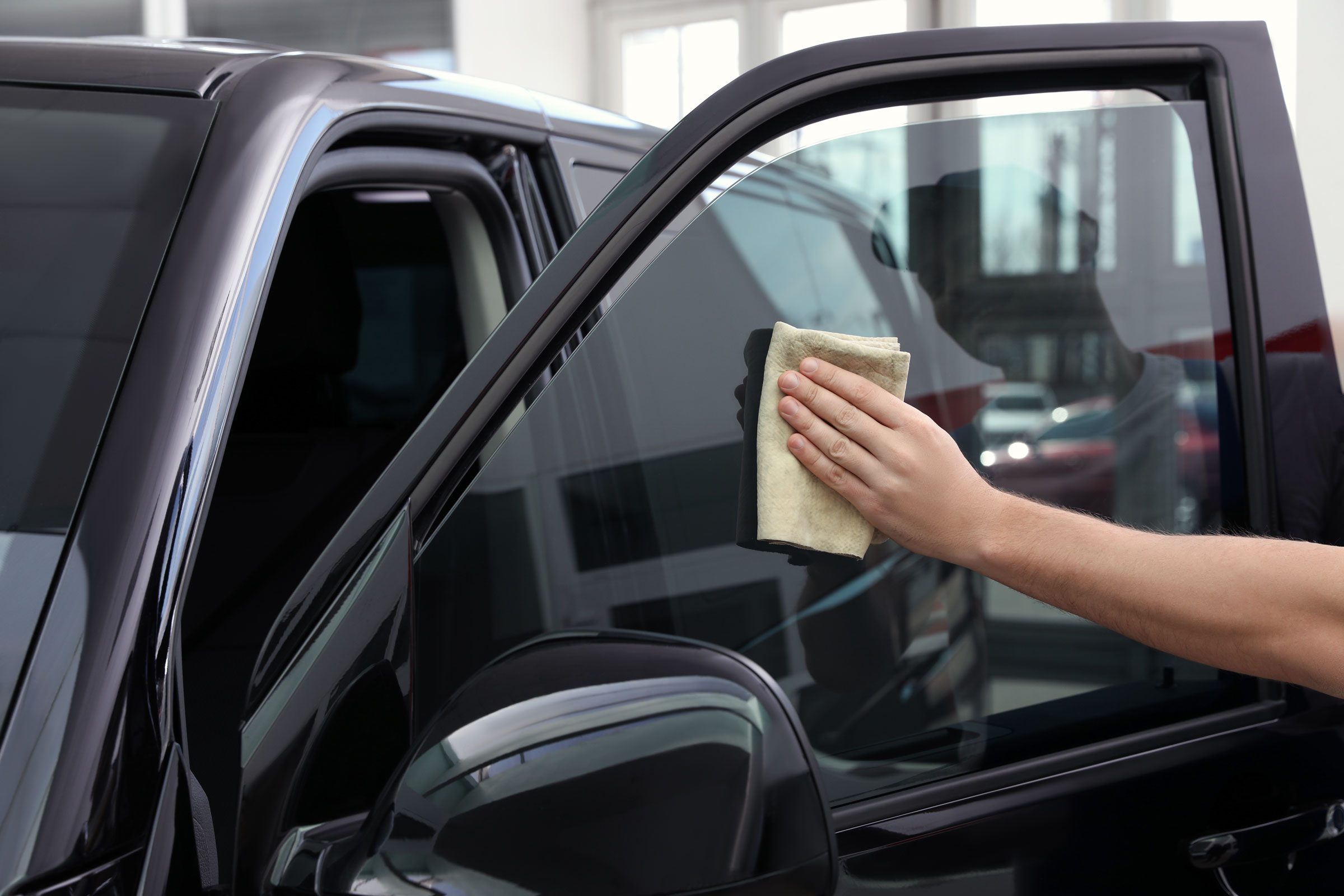Upgrade Your Vehicle’s Style with Moro Auto Spa Window Tinting
Upgrade Your Vehicle’s Style with Moro Auto Spa Window Tinting
Blog Article
Your Comprehensive Overview to Do It Yourself Window Tinting: Advice
Undertaking a DIY home window tinting job provides a chance to boost both the performance and aesthetics of your room. Prior to embarking on this undertaking, it is essential to navigate the complexities of local tinting guidelines and pick a suitable film that straightens with your purposes.
Understanding Window Tinting Rules
Navigating the elaborate landscape of home window tinting regulations is vital for any type of DIY fanatic looking for to boost their vehicle's appearances and convenience. Each state in the united state has certain guidelines regarding the allowable degrees of color on various home windows, which can substantially influence your decision-making process.
Usually, these laws determine the maximum allowed Noticeable Light Transmission (VLT) portion, which describes the quantity of light that can travel through the tinted home windows. As an example, some states permit only a certain percent of tint on the front windshield, while permitting darker tones on back windows. Compliance with these policies is critical, as failing to stick can cause penalties or the need to remove the color altogether.
Additionally, there are often distinctions in between guest vehicles and commercial automobiles, with different guidelines using to each category. It's recommended to consult your neighborhood Division of Motor Automobiles or comparable authority to collect exact info tailored to your place. Comprehending these laws not only makes certain lawful compliance but additionally improves security by preserving presence and stopping possible dangers while driving.
Choosing the Right Color Film
Selecting the ideal tint film is a vital action in the do it yourself window tinting process, as it directly influences both the appearance and functionality of your car's windows. Numerous factors need to assist your selection, consisting of the kind of movie, its legal conformity, and your desired outcomes.
First, think about the different types of tint films available: colored, metalized, ceramic, and hybrid. Metalized films use improved warm denial and durability however can interfere with electronic signals.
Next, make sure that the film complies with regional laws concerning visible light transmission (VLT) percents. Conformity with these regulations is vital to avoid fines and make certain safety.
Vital Tools for Do It Yourself Tinting
Having picked the appropriate color film for your windows, the next action entails collecting the required devices to ensure an effective installation. The key devices you will need include an energy blade or a razor blade, which is crucial for cutting the color film to the preferred dimension. A squeegee is likewise vital, as it assists remove air bubbles and smooth out the movie throughout application.

Moreover, consider making use of a warm weapon or hairdryer, as this can aid mold the tint film to the shapes of the home window and facilitate adherence. Ultimately, handwear covers are recommended to stay clear of fingerprints on the film during installation. By collecting these vital tools, you will certainly be well-prepared to tackle your DIY home window tinting task efficiently.
Step-by-Step Application Refine
Begin by extensively cleaning the home window surface area to make certain ideal bond of the color movie. Once the home window is clean, measure the color movie versus the window, permitting for a minor overlap on all sides.
Gently spray the home window surface and the adhesive side of the film. Carefully align the film with the top of the home window, guaranteeing it is directly. Use a squeegee to smooth the film, using firm, even pressure.
Permit the color to cure for at least 24 hours without rolling down the windows. Follow these actions vigilantly for optimum results in your Do it yourself home window tinting project.
Maintenance and Care Tips

It's a good idea to wait at the very least a week after installation before cleansing your home windows to enable the adhesive to completely treat. Throughout this initial duration, stay clear of rolling down the home windows to prevent any kind of damage to the tint.
Regular maintenance involves evaluating the sides of the tint for any indicators of gurgling or raising. If you see any issues, it's finest to address them quickly to prevent further deterioration. In addition, be mindful with the use of home window therapies, such as shades or drapes, as they can produce warm that might endanger the tint gradually.
Verdict
Finally, undertaking a DIY home window tinting task requires mindful factor to consider of neighborhood regulations, selection of proper tint films, and the use of essential tools. An organized application procedure ensures ideal outcomes, while regular maintenance adds to the long life of the color - Moro Auto Spa Window Tinting. By adhering to these guidelines, people can accomplish both visual improvement her explanation and boosted privacy in their her comment is here spaces, making do it yourself window tinting a useful undertaking
Report this page